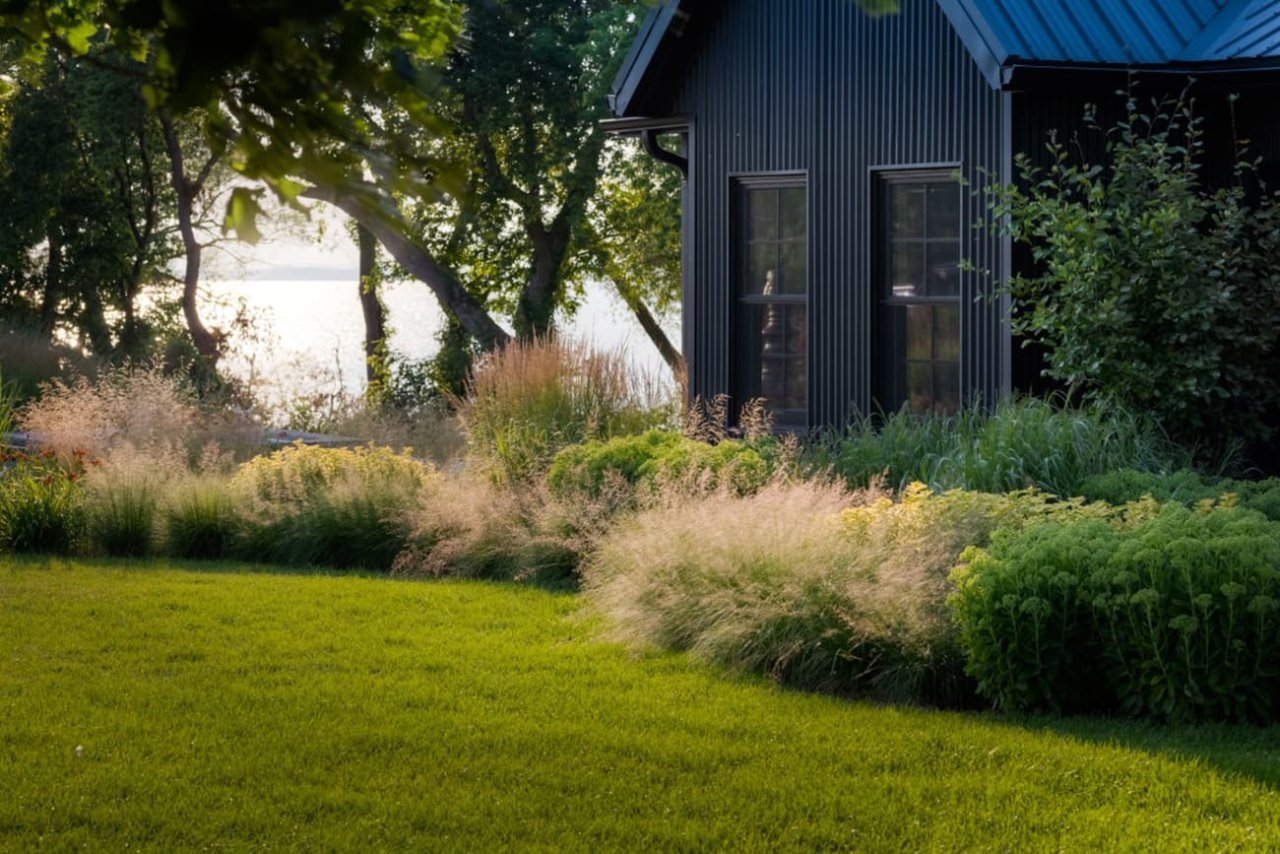Blog
Bugs Bugs Bugs!

When talking about insects in the landscape, the focus is typically put on the bees, the butterflies, maybe even the moths! In short, the pollinators. Pollinators are very showy and equally important and there’s been a lot of discussion about how they support our agriculture and food and their importance in the landscape. But! There’s another group of insects that is also of interest to gardeners, landscapers, and organic growers. These are the beneficial insects.
The term ‘beneficial insects’ is an anthropocentric classification (much like the term ‘weeds’!) that include species from all different families that share the responsibility of eating the ‘bad bugs’ – those that harm the plants that we want to keep alive. Every group of people that deal with plants has a different tolerance of how much damage they can accept on their plants. The grower – for food or ornamental plants – has a much lower threshold for insect damage than the typical homeowner does. They need to be able to sell their products and for that they have to be damage free. A non-organic grower will use pesticides to control harmful insects like aphids, mealy bug, spider mite while the organic grower will fight fire with fire and use other insects. A homeowner has a much higher tolerance for insect damage from these garden pests but if your Brussel sprouts are completely covered in mealy bugs, it’s not the most appealing!
The most common and native beneficial insects in the landscape are ladybug larvae, lacewings, hoverflies, parasitic wasps, tachinid flies, spiders, minute pirate bugs (arrrrr!), damsel bugs, and the aptly named big eyed bugs. A grower will buy packets of these insects and release them in the greenhouse to control pest populations but a homeowner can, with careful planting design, always have a population of these friends in their garden! This is done by planting their host plants in your garden. Fortunately, these host plants are beautiful and mostly native! For a full list of host plants and a lot more information about habitat planning for beneficial insects there is a full write up by the Xerces Society for Invertebrate Conservation that has an amazing amount of information! Here we will focus on our favorite perennials to attract beneficial insects.
Common Yarrow (Achillea millefolium)
This native plant named after the Greek warrior Achilles is hardy to zone 2 and comes in a variety of colours and heights – perfect for any sunny spot in the garden! It supports populations of lacewings, ladybugs, hoverflies, and parasitic wasps.
Butterfly Weed (Asclepias tuberosa)
Another sunny native, this plant is a wonderful pollinator support plant and is a host to ladybugs.
Spike Speedwell (Veronica spicata)
White not a native plant, spike speedwell is highly useful in more of a formal garden setting. This hardy plant comes in many different shades of white, pink, and purples and plays host to ladybeetles and hoverflies.
Canadian Anemone (Anemone canadensis)
Posted: February 5th, 2024
View More Posts